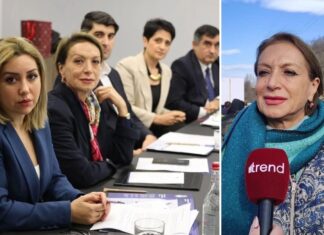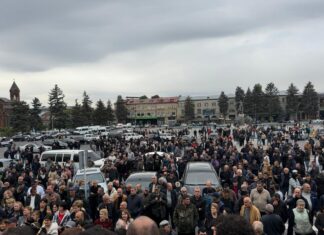By Philippe Raffi Kalfayan
Special to the Mirror-Spectator
While this column always tends to be analytical in approach, this current one will focus in minute detail on the agreement whose signing Prime Minister Nikol Pashinyan announced on November 10 to end aggression by Azerbaijan and Turkey in Karabakh (Artsakh, NKR). The three signatories are Armenia, Azerbaijan and Russia. The shock waves are still reverberating in Armenia.
It is submitted in this legal opinion that:
- The statement is only of political nature, and not of a legal one; it is therefore not legally binding (International Court of Justice (ICJ), Bolivia v. Chile, 2018). It all depends in this regard on the wording of the text;
- Since the referral to the Parliament is not foreseen in the statement, it tends to confirm that it is not a legal agreement, but only a political declaration;
- This is confirmed by Armenian domestic law: an agreement of that type, dealing with military and territorial questions, if it were to have legal effects, it would then have had to go to Parliament;
- Assuming it is a legal agreement, hence it would be invalid for reasons exposed herein below;
- The scope of the political statement is a violation of the three principles agreed by all parties so far in the Minsk Process for settlement of the conflict;
- The circumstances of the “statement” signature question its validity too.
Text of the Statement








